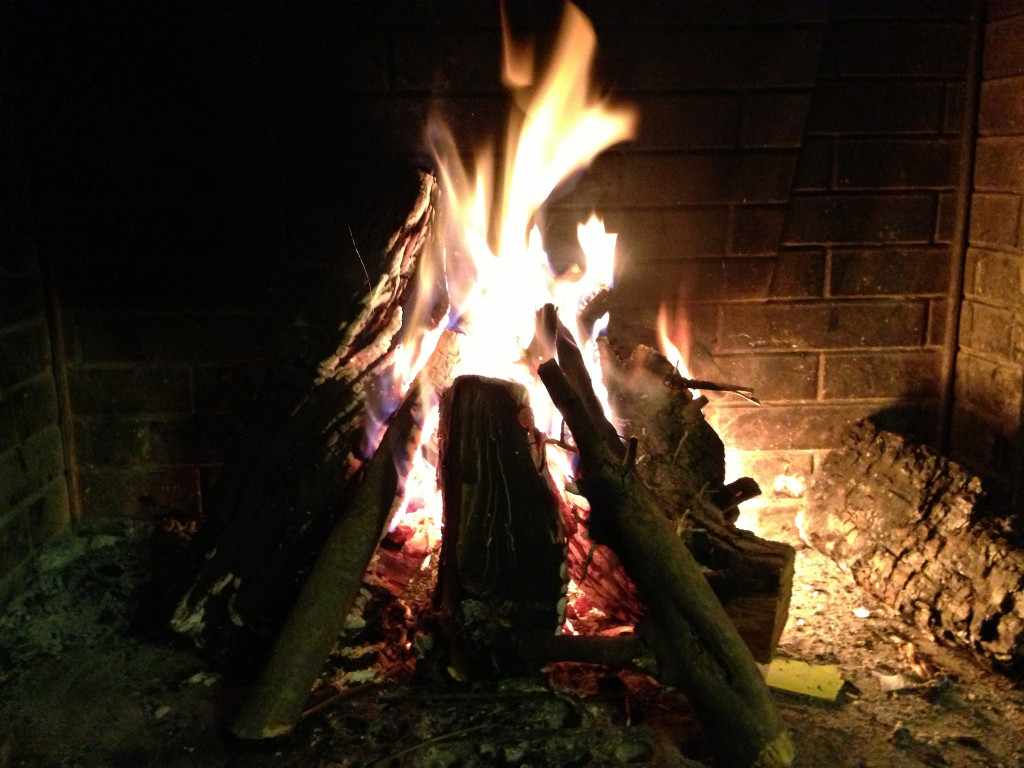
Fireplaces and stoves are coveted features in many homes, providing warmth and ambiance. But managed improperly, these heat sources can be inefficient and unhealthy.
Wood smoke releases an array of pollutants, including fine particles, nitrogen and sulfur oxides, carbon monoxide, volatile organic compounds, and dioxins. Breathing these contaminants compromises respiratory and cardiovascular health, with children, the elderly, and people with preexisting conditions, like asthma, most vulnerable.
Burning wisely starts with a properly selected and installed wood-burning appliance. Environmental Protection Agency-certified wood and pellet stoves have efficiency and emission standards that ensure cleaner burning. The EPA also offers a list of lower-emitting fireplaces and retrofits for existing fireplaces.
The cleanest burning wood is dry and comes from hardwood trees. Outdoor wood piles should be stacked off of the ground and kept covered. The EPA recommends seasoning wood for at least 6 months – preferably through a summer – before burning it. Seasoned wood should have a moisture content of less than 20 percent.
Use clean newspaper or kindling to start fires, and give them plenty of air until they are roaring, slowly adding logs. Routinely remove excess ash from your appliance and perform a chimney inspection each year. Never burn magazines, cardboard, or treated wood – these items can all release harmful chemicals.
Smoldering fires, excess chimney smoke, and dirty glass on stove doors are all signs your wood may be too moist. For more tips on keeping the air clean while getting warm, visit the EPA’s Burnwise website at www.epa.gov/burnwise
**********
.
Web Links
Consumers – Best Burn Practices
Photo, posted November 18, 2012, courtesy of John Karakatsanis via Flickr.
.
Earth Wise is a production of WAMC Northeast Public Radio, with script contribution from the Cary Institute of Ecosystem Studies.
